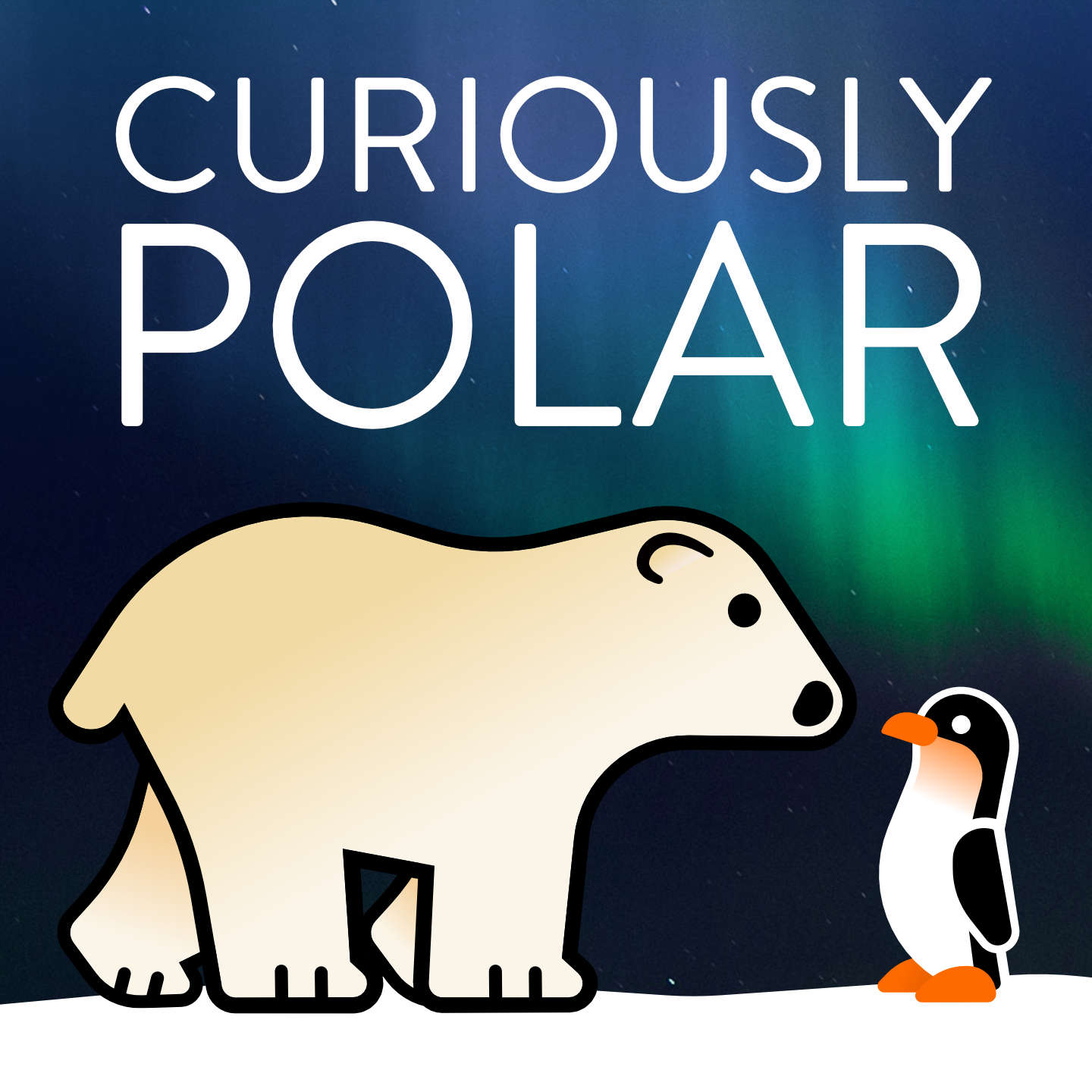153 A Siberian Rewilding
Notes
Watch this on video | Buy us a coffee: Chris / Henry / Mario
POLAR NEWSREEL:
01 Arctic Lightnings: A dramatic rise in lightnings last summer saw nearly double as many strikes as the previous nine years combined in the High Arctic which correlates with global temperature anomalies and can become an important climate crisis indicator. | 02 Scottish Arctic: Defining itself as the northernmost non-Arctic state and sharing similar rural and demographic features mean that Scottish and Arctic communities share many present-day priorities analysts feel
that Scotlands geostrategic significance to the High North is still being overlooked despite its own Arctic Policy Framework .
A SIBERIAN REWILDING
A new study published by the University of Leeds suggestspermafrost is thawing all over the Arctic and might have reached a tipping point in Northern Europe and Western Siberia and indicates that even with the strongest efforts to reduce global carbon emissions, by 2040 the climates of Northern Europe will no longer be cold and dry enough to sustain peat permafrost. Storing more than double the carbon of the planet’s atmosphere, a thawing permafrost acts as a positive feedback loop, further increasing warming.
The unprecedented speed of the climate crisis asks for creative solutions and in Northeast Siberia, Russian scientists are working on one of the most unlikely solutions to restore high productive ecosystems and help protect the permafrost. For the past 33 years, the father-and-son team Sergey and Nikita Zimov have been slowly transforming a 20 square kilomtres area in northeastern Siberia, to investigate how man can affect the climate through ecosystem reconstruction.
The project is repopulating the area with large herbivores like horses, moose and reindeer, musk ox, bison, yaks, cows and sheep. Sergey Zimov’s hypothesis is that the change from tundra to grassland will result in a raised ratio of energy emission to energy absorption of the area, leading to less thawing of permafrost and thereby less emission of greenhouse gases. The grasslands themselves are proving better for the environment. The pale grasses are reflecting sunlight, and their deep roots increase soil carbon storage. Overall, the temperature of the permafrost in the area in which they are working is colder by an average of 2.2° C.
This is an episode of the Curiously Polar podcast
with Chris Marquardt https://chrismarquardt.com/ Henry Páll Wulff: https://henrypall.com/ Mario Acquarone https://www.buymeacoffee.com/polarmario
Listen to all podcast episodes at https://curiouslypolar.com
All video episodes at https://tfttf.com/curiouslypolarvideo
Find us here: Web: https://curiouslypolar.com Twitter: https://twitter.com/curiouslypolar Instagram: https://instagram.com/curiouslypolar




